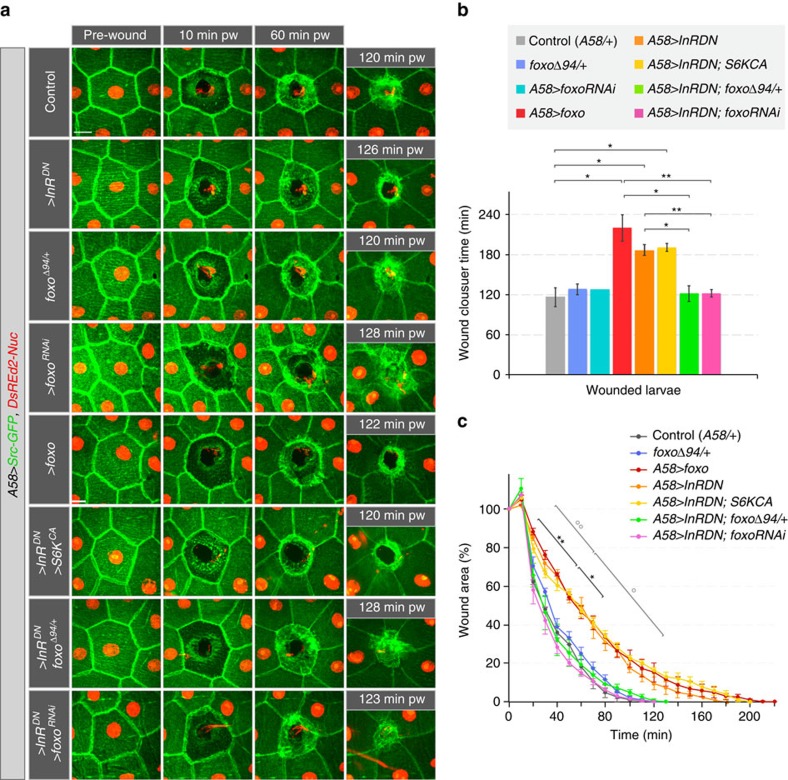Figure 5. Loss of FOXO suppresses wound healing delays in larvae expressing InRDN.
(a–c) Wound healing in larvae with modified InR, FOXO or S6K activity.(a) Time-lapse images of wound healing in L3 larvae. (b) Average time of wound closure for genotypes shown in a: 117±20 min for control, 128±11 min for foxoΔ94/+, 128 min for >foxoRNAi, 220±32 min for >foxo, 187±12 min for >InRDN, 188±9 min for >InRDN, S6KCA, 122±18 min for >InRDN, foxoΔ94/+ and 122±9 min A58>InRDN, foxoRNAi larvae. (c) Kinetics of wound closure. Time course of changes in relative (%) wound area. (b,c) Mean±s.e.m. one-way ANOVA with post hoc test *P<0.007, **P<0.0007 and ***P<0.00007, n=3–5 larvae each genotype. Scale bar: (a) 20 μm. Transgene genotypes of larvae: (a–c) All larvae carried UAS-Src-GFP (green) and UAS-DsRed2-Nuc (red). Control (A58-Gal4/+), foxoΔ94/+ (A58-Gal4, foxoΔ94/+), >foxoRNAi(A58-Gal4, UAS-foxoRNAi), >foxo (A58-Gal4, UAS-foxo), >InRDN(A58-Gal4, UAS- InRDN), >InRDN, >S6KCA(A58-Gal4, UAS-InRDN, UAS-S6KSTDETE), >InRDN, foxoΔ94/+ (A58-Gal4, UAS-InRDN foxoΔ94/+) and >InRDN, >foxoRNAi(A58-Gal4, UAS-InRDN, UAS-foxoRNAi).

